Enjoying the Local Sites ~Part 4~ . . .Continued
... More of Mount Rainier, Washington and Parts of Oregon 11/4/2019 through 11/8/2019
Wednesday, November 6, 2019
Tillamook, OR
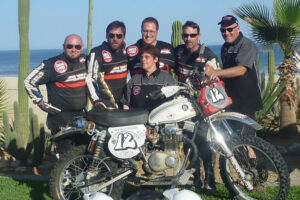 Upon waking up, we were disappointed to find the beach still covered in fog, a common occurrence along the Oregon and Washington coast. However, our spirits quickly lifted as we remembered our breakfast plans with a friend in Tillamook, OR. We were meeting Paul, the owner of the Honda SL350 raced in the Mexican 1000 in 2012. I had the honor of being part of the Outta Sight Racing team as a chase truck driver—a huge highlight in my life.
Upon waking up, we were disappointed to find the beach still covered in fog, a common occurrence along the Oregon and Washington coast. However, our spirits quickly lifted as we remembered our breakfast plans with a friend in Tillamook, OR. We were meeting Paul, the owner of the Honda SL350 raced in the Mexican 1000 in 2012. I had the honor of being part of the Outta Sight Racing team as a chase truck driver—a huge highlight in my life.
 The Mexican 1000 is promoted as “The Happiest Race on Earth” and I agree, it’s a happy race, at least I was happy. The team placed first in class.
The Mexican 1000 is promoted as “The Happiest Race on Earth” and I agree, it’s a happy race, at least I was happy. The team placed first in class.
As we drove north along the coastal road, I looked forward to introducing my sister to Paul. Despite the persistent fog, we caught glimpses of the ocean and appreciated the scenic views. Our destination was The Fern Café where we were set to meet Paul.
There was something about Tillamook and the Fern Café my sister liked and she wanted a souvenir. She was happy the café had cups for sale and she got herself one to take home.
Paul and I had a nice visit while my sister patiently listened to us talking about motorcycles which she isn’t interested in. To reward her patience I had some fun activities planned for the rest of the day. Things she would enjoy.
Tillamook, OR is home to the Tillamook Creamery and a fun stop.
Visiting the creamery was a delightful experience where we not only learned about the art of cheese-making, we were able to enjoy samples, and indulged in some delicious ice cream. It was time to move on now that we were energized with ice cream.

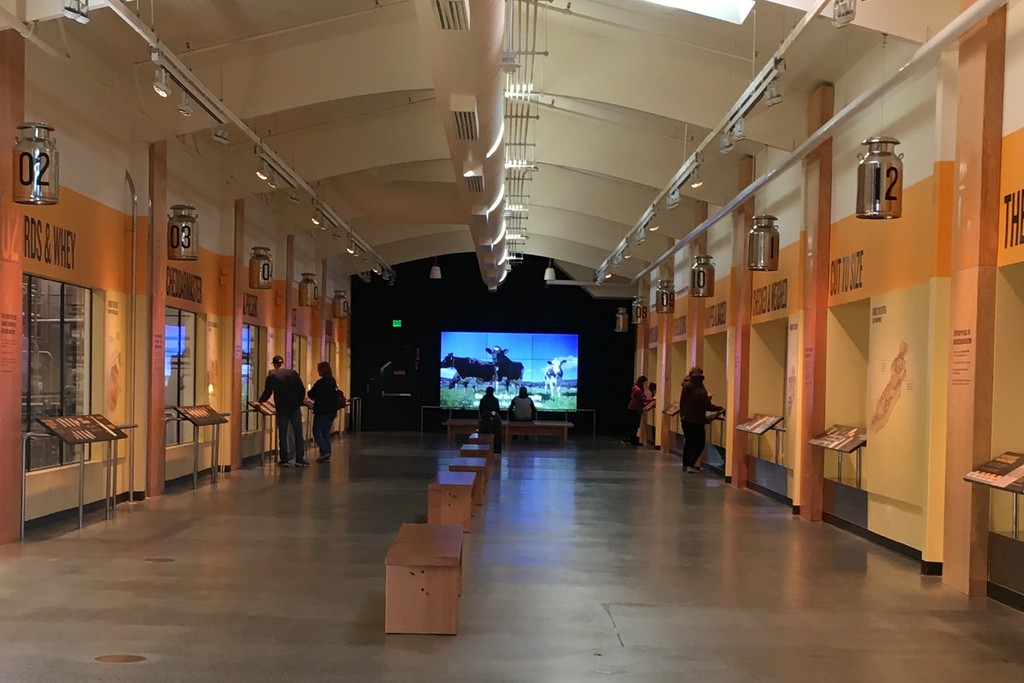
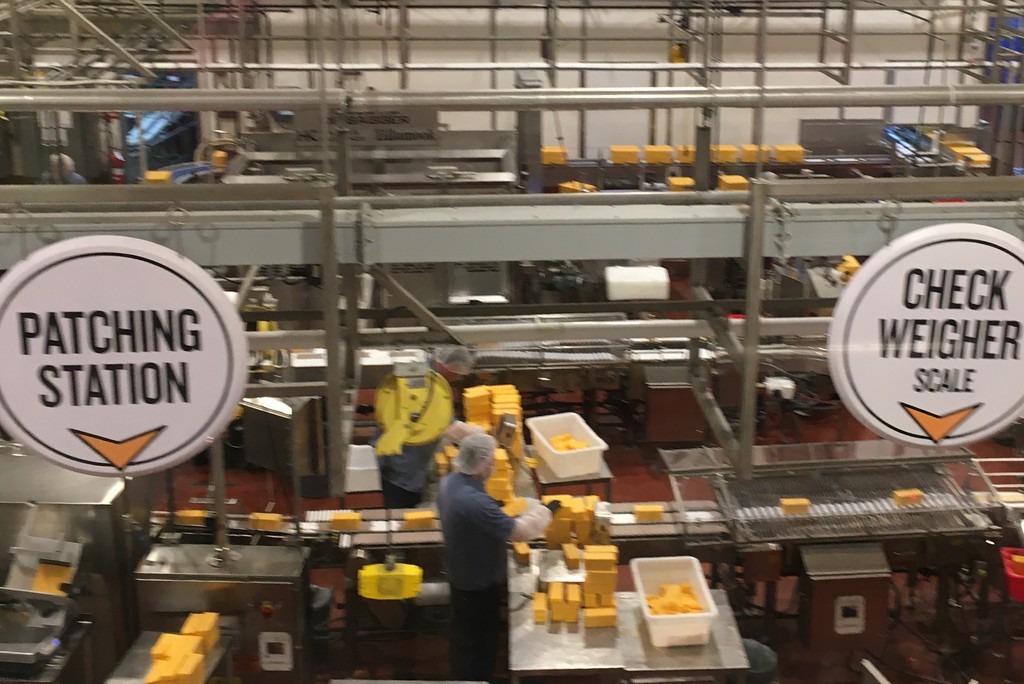
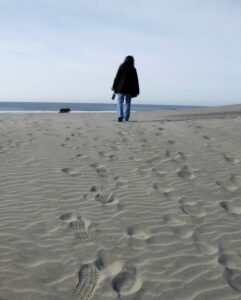
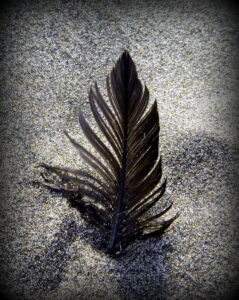

Fort Stevens State Park
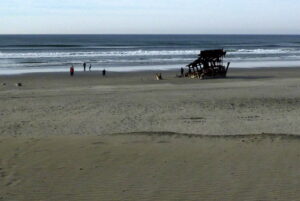 As we ventured further to the northern corner of Oregon, we reached Fort Stevens State Park, situated at the mouth of the mighty Columbia River. The anticipation of glimpsing the vast ocean was met with a breathtaking view of the ocean and added another memorable chapter to our road trip adventures.
As we ventured further to the northern corner of Oregon, we reached Fort Stevens State Park, situated at the mouth of the mighty Columbia River. The anticipation of glimpsing the vast ocean was met with a breathtaking view of the ocean and added another memorable chapter to our road trip adventures.
The beach access allowed us to witness a piece of history—the wreckage of the Peter Iredale, which ran aground in 1906. The skeleton of its hull still stands as a testament to the passage of time. Finally, we had the chance to breathe in the ocean air, feel the sand beneath our feet, and enjoy ourselves with the coastal experience.
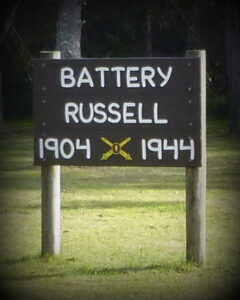 Our journey also led us to Fort Stevens, a military base that served as the primary defense installation at the mouth of the Columbia River. Delving into its history, we learned that during World War II in June of 1942, a Japanese submarine fired upon this military base. The echoes of that moment lingered as we explored the grounds, contemplating the events that unfolded over 20 minutes before the submarine vanished back into the vast ocean. It was a poignant reminder of the historical significance embedded in the landscapes we encountered.
Our journey also led us to Fort Stevens, a military base that served as the primary defense installation at the mouth of the Columbia River. Delving into its history, we learned that during World War II in June of 1942, a Japanese submarine fired upon this military base. The echoes of that moment lingered as we explored the grounds, contemplating the events that unfolded over 20 minutes before the submarine vanished back into the vast ocean. It was a poignant reminder of the historical significance embedded in the landscapes we encountered.
Exploring the abandoned military base, now part of Fort Stevens State Park, was a unique experience, particularly at Battery Russell. The imposing concrete structure stood as a silent witness to the past, allowing us to climb on it and venture into the rooms and halls below.



From the elevated vantage point, we enjoyed views of the Pacific Ocean and the Columbia River. However, the historical context, especially thinking about World War II and the military’s role during wartime, brought a sobering thoughts. Imagining the challenges and fears faced by those in the military during such times was indeed humbling.
To lift the mood, I shifted focus to appreciate the breathtaking scenery and the freedom to explore both inside and outside the battery. It was a reminder of the resilience of these places and the importance of cherishing the present moment.
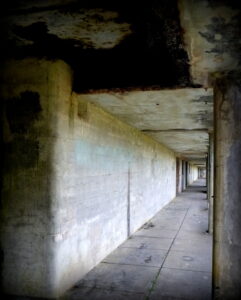
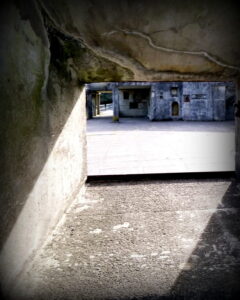
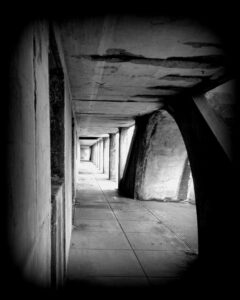
Camp 18
Following the enjoyable time at Fort Stevens, it was time to proceed inland toward the Portland, Oregon area to visit friends. Opting to take a southern route, we drove east of Highway 26.
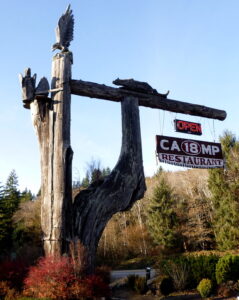

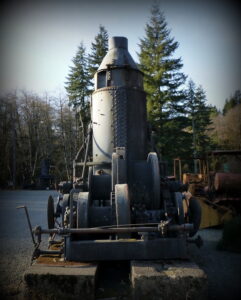
Around milepost 18, we encountered a spot called Camp 18. Although I had passed by it on a few occasions, I hadn’t explored it before, so I decided to make a stop. While aware of the restaurant, I was unaware of the other features. The grounds represent Oregon’s rich logging history with an outdoor museum.
In the early 1900s, logging camps were assigned numbers, leading to the naming of this restaurant and museum as Camp 18. Established in the 1980s, the site is decorated with interesting logging artifacts and vintage logging machinery left from Oregon’s logging industry.
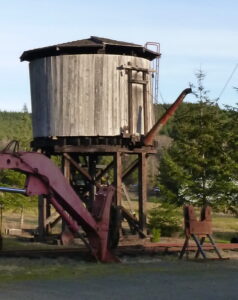
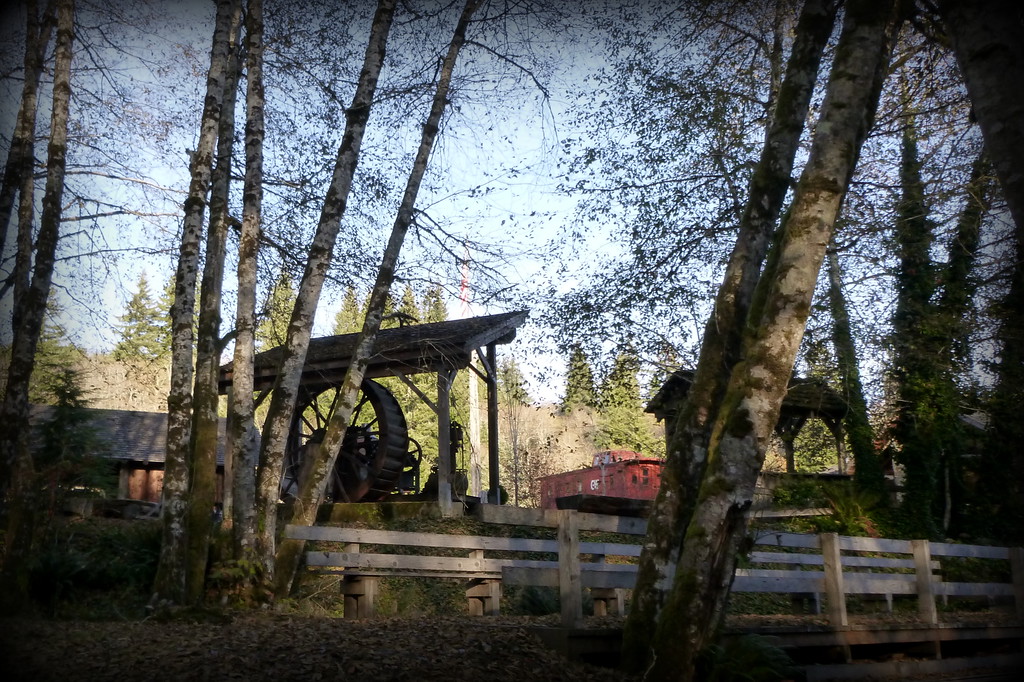
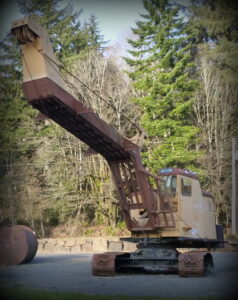
Camp 18, full of logging memorabilia, brought back memories of our father, who was a logger. Growing up in a logging family, many of the items on display were reminiscent of the things I recall being around during my youth.
Humbug Creek flows across the property, enhancing the logging ambiance. On the opposite bank of the creek, there were several topiary animals strategically placed. They seamlessly blended with the forest surroundings, making it enjoyable to spot them.


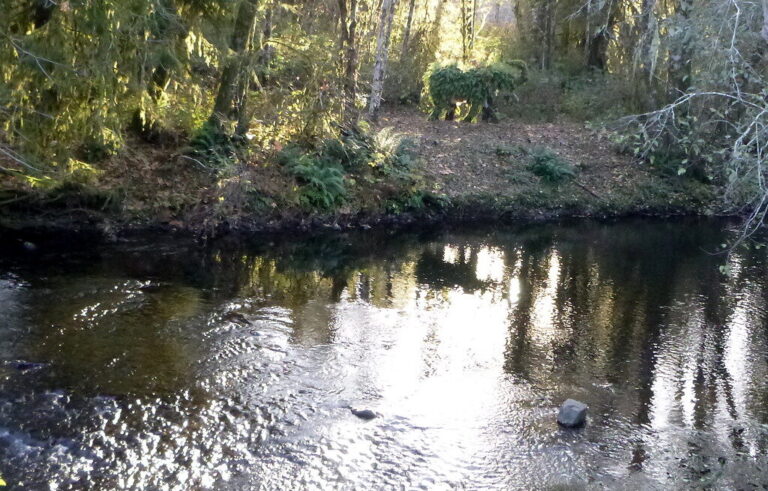
Although our initial plan was just a brief stop, we found ourselves absorbed for a couple of hours exploring everything at Camp 18. We even took some time to browse through the gift shop to ensure we didn’t leave empty-handed and took home a memento of our visit.
~ ~ ~ ~ ~ ~ ~ ~ ~ ~ ~ ~ ~ ~ ~ ~ ~ ~ ~ ~ ~ ~ ~ ~ ~ ~ ~ ~ ~ ~ ~ ~ ~ ~ ~ ~
Forest Grove, OR
Continuing our journey, we appreciated the scenic drive along the two-lane road through the forest. Upon reaching Forest Grove, Oregon, we checked into our room, freshened up, and headed out to meet friends for dinner.
The friends we were meeting were also part of the Outta Sight Racing Team. Paul who we call Junior as to not mistake him for the other Paul, was one of the riders. Allan the team photographer also met us. He and I have been good friends for many years and when I’m in the area I get together with him.
We enjoyed a delightful Mexican meal and had fun visiting and talking about motorcycle adventures and telling tales about the Mexican 1000. All too soon it was time to leave but it was late and time for the day to end.
The rest of the story will come Monday in the final installment of this series…